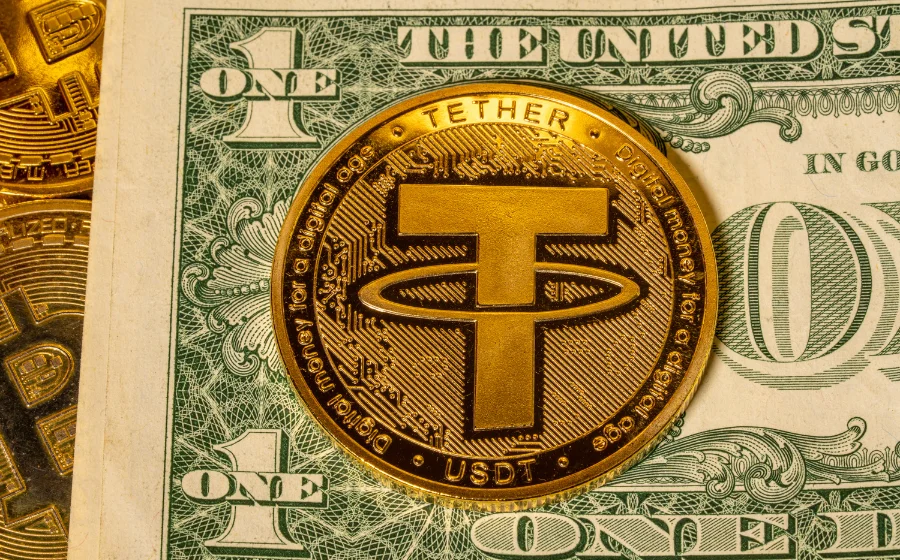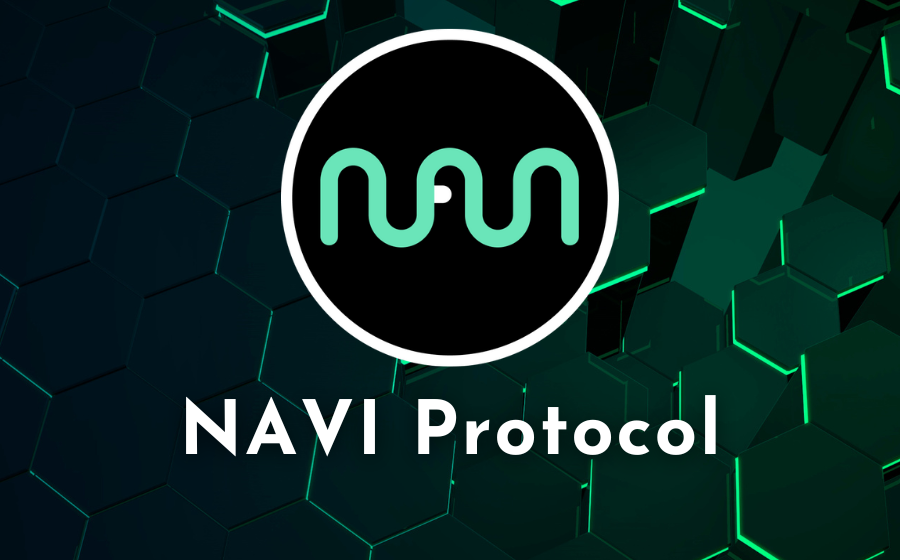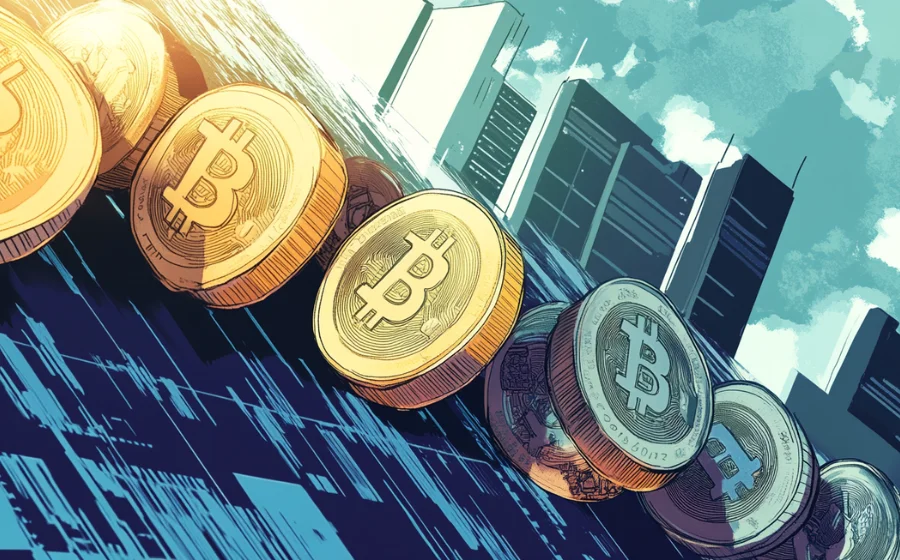
KEYTAKEAWAYS
- TVL measures the liquidity locked in DeFi protocols and serves as a primary indicator of platform health and growth potential.
- Mcap/TVL helps identify undervalued blockchains, while VOL/TVL highlights capital efficiency and revenue potential.
- Over-reliance on TVL can be misleading due to token price volatility and asset reuse, making deeper analysis essential.

CONTENT
What is TVL? Learn how Total Value Locked reflects DeFi protocol liquidity, growth, and market health. Discover key metrics like Mcap/TVL and VOL/TVL to evaluate DeFi projects effectively.
WHAT IS TVL?
Total Value Locked (TVL) represents the total amount of liquidity locked within DeFi protocols, serving as a critical metric to gauge platform influence and asset scale, typically measured in USD.
Simply put, TVL reflects the value of assets locked in DeFi pools, providing insight into a platform’s market share and financial health.
Investors often use TVL to quickly assess the overall performance of a DeFi project or compare it against other protocols to determine potential investment opportunities and long-term viability.
➤ 5 Common Sources of Assets in DeFi Pools
DeFi projects derive liquidity from several key methods:
- Staking tokens to earn interest (Deposits) – Users lock tokens into protocols to generate passive income through interest.
- Staking tokens to borrow other tokens (Lending/Borrowing) – Tokens are staked as collateral to borrow other assets.
- Liquidity mining in AMMs – Providing liquidity to Automated Market Makers (AMM) in exchange for trading fees and rewards.
- Trading and options on DEXs – Engaging in token swaps or options trading on decentralized exchanges (DEX).
- Transaction fees from DeFi platforms – Earning a share of fees generated through trading activities.
These asset sources form the backbone of TVL, ensuring the stability and growth of the DeFi ecosystem.
>>> More to read: What is DeFi?
HOW TO INTERPRET TVL?
Understanding that TVL (Total Value Locked) is a crucial metric used by investors to measure the liquidity of a DeFi protocol, the next step is to learn how to leverage TVL to evaluate the quality and potential of a project.
Here are three commonly used methods:
- Total Value Locked (TVL): Higher TVL typically indicates a more robust and trustworthy DeFi protocol.
- Market Cap (Mcap) / TVL: A lower ratio suggests the project is undervalued and holds greater market potential.
- Volume (VOL) / TVL: A higher ratio reflects stronger capital efficiency and better returns on locked assets.
1. Total Value Locked (TVL)
Looking directly at TVL is the simplest evaluation method.
A DeFi protocol with a high TVL means significant capital has been allocated to it, signaling confidence in the project’s potential and value. On the other hand, a low TVL might suggest that the protocol lacks market trust or traction.
By keeping an eye on TVL, investors can gain a clearer picture of which projects are attracting liquidity and which may require further scrutiny.
2. Market Cap (Mcap) / TVL
Some investors evaluate TVL by considering the market cap of the blockchain hosting the DeFi protocols.
Since most DeFi projects operate on public blockchains, the overall market cap (total value of circulating tokens) of these blockchains is factored in to assess whether a chain is overvalued or undervalued.
For example, Ethereum hosts hundreds of DeFi protocols, and every transaction requires ETH to cover gas fees.
This drives Ethereum’s market cap higher and strengthens the ecosystem.
Similarly, blockchains like Binance Smart Chain, Solana, and Polygon experience the same effect.
This is where the Mcap/TVL ratio becomes useful to compare the market performance of different blockchains.
✎ How to Use Mcap/TVL
By observing the ratio between market cap and TVL, investors can gauge how much capital has been injected into the ecosystem and whether the market reflects the true value of that chain.
- A lower Mcap/TVL ratio indicates significant capital inflow, suggesting the market is undervalued and has strong growth potential.
- A higher Mcap/TVL ratio signals either limited capital inflow or that investor expectations are inflated (possibly leading to market overheating). In this case, more liquidity is needed to stabilize and reduce potential downside risks.
Professional investors often use Ethereum’s Mcap/TVL as a benchmark to compare with other blockchains, providing insights into relative market valuations.
3. Volume (VOL) / TVL
Another critical metric is VOL/TVL, which focuses on the trading volume within a DeFi protocol.
This ratio reveals how efficiently locked assets are being utilized compared to other protocols.
Since DeFi transactions require native tokens to pay for gas fees, trading volume reflects liquidity and the protocol’s ability to generate fee-based revenue.
✎ How to Use VOL/TVL
By comparing trading volume to TVL, investors can assess how actively assets are being used and how much fee revenue is generated.
- A higher VOL/TVL ratio indicates strong liquidity and efficient asset utilization, resulting in steady fee income.
- A lower VOL/TVL ratio suggests poor liquidity, indicating that assets are not generating substantial fee income or that the protocol is underutilized.
Tracking this ratio provides valuable insights into the health of DeFi projects, helping investors identify platforms with higher capital efficiency and better growth prospects.
>>> More to read: What is ATH & ATL in Crypto?
THE IMPACT OF TVL ON DEFI
➤ Trading Applications
In DeFi, trading applications like swaps, options, staking, and mining are the most common.
TVL serves as a crucial metric for evaluating the total liquidity within a protocol, helping investors assess potential fee income generated by trading volumes.
This insight influences whether investors choose to participate in the protocol and utilize its features.
Moreover, when a DeFi protocol’s TVL remains stable with minimal fluctuations, it tends to attract more investors.
This increased participation boosts trading volume, leading to higher transaction fees, which are often redistributed as rewards to stakers and liquidity providers.
➤ Lending Applications
TVL also plays a vital role in DeFi lending platforms. Investors gauge the liquidity capacity of a protocol through TVL, determining whether it can handle significant capital for lending and borrowing activities.
A higher TVL suggests greater liquidity, encouraging investors to lend their assets to earn interest and maximize returns.
In this way, TVL directly influences investor confidence and participation, shaping the overall health and growth of DeFi protocols.
>>> More to read: Choosing the Right Cryptocurrency Exchange: CEX vs DEX
TVL KEY ISSUES TO CONSIDER
1. Diversification of On-Chain Protocols
Public blockchains often host dozens or even hundreds of DeFi protocols.
However, some newly listed DeFi protocols may simply be updates or rebranded versions of older protocols, mixed with genuinely new projects.
When estimating the overall TVL of a blockchain, the large number of protocols can complicate the assessment of total liquidity.
This can lead to double counting, resulting in inaccurate TVL estimations and misrepresentations of actual liquidity.
2. Fluctuating Token Prices
Since TVL is calculated using the formula:
✎ TVL = Number of Tokens × Current Token Price
A spike or drop in TVL doesn’t always indicate changes in liquidity but could simply reflect token price volatility.
If TVL shows significant fluctuations without a corresponding change in the number of tokens locked, it’s likely due to price movements rather than actual capital inflow or outflow.
Moreover, with DeFi protocols increasingly supporting multiple token types for staking, the valuation of TVL becomes even more complex.
Price volatility across various tokens introduces additional layers of difficulty in maintaining accurate TVL assessments.
3. Usable Locked Assets
DeFi lending services allow users to stake assets as collateral to borrow other tokens.
A significant issue arises when borrowed assets are reinvested into other DeFi protocols.
This recursive staking mechanism leads to TVL inflation as both the initial collateral and the borrowed assets are counted, artificially amplifying the total TVL.
As a result, protocols may report significantly higher TVL than the actual liquidity available, creating a misleading impression of platform strength.
Understanding these limitations is essential for accurately interpreting TVL and making informed investment decisions in the DeFi space.
>>> More to read: Crypto Lending Explained
TVL SUMMARY
TVL is the most commonly used metric in DeFi, reflecting the asset scale of a protocol. However, relying solely on TVL to judge a DeFi protocol’s quality is incomplete.
As DeFi applications diversify, including staking, lending, and other financial services, the introduction of multiple tokens and asset reuse can lead to TVL overestimation.
Evaluating a protocol requires more than just TVL – understanding how assets are utilized, the protocol’s mechanics, and market dynamics is essential.


















